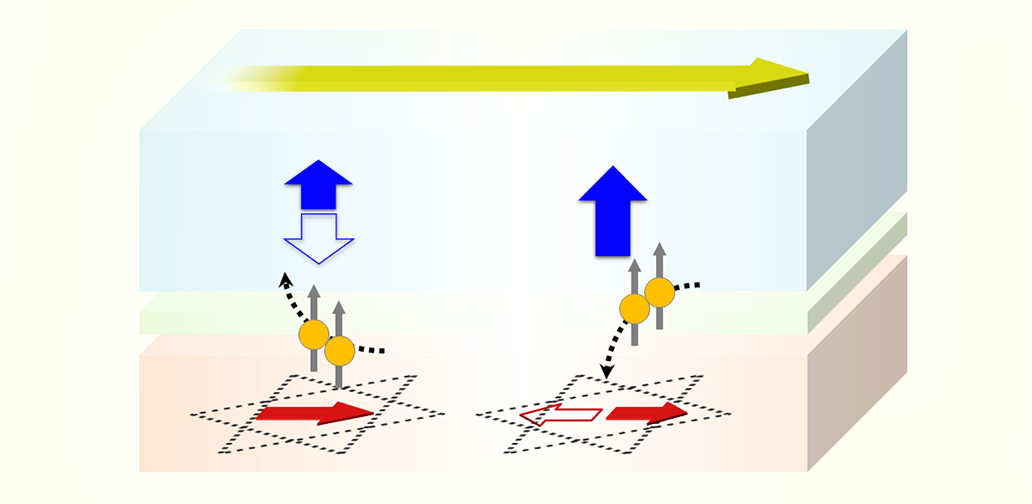Australia’s My Health Record is a national, integrated electronic record, intended to overcome the problem of having personal health information “siloed” in different systems.
Author
Megan Prictor
Senior Lecturer in Law, The University of Melbourne
People can access their own My Health Record via or an . Any of their treating health professionals can access it, too.
My Health Record can hold various past information, including a shared health summary, records of health conditions, allergies and medications, , test and scan results, hospital discharge notes, vaccination records, , and notes entered by patients themselves.
But is the system actually being used? Why is it, when people access their My Health Record, they often find little helpful information? Earlier this year, Health Minister Mark Butler as part of the Strengthening Medicare Taskforce. But what needs to happen for it to be finally fit for purpose?
How many My Health Records are there?
More than 90% of Australians – – have a My Health Record. The rate of uptake has .
My Health Record has operated for more than ten years, undergoing a controversial change to an system in 2018-19. The federal government has and given to use it. have tried to inform and educate people about it too.
What’s in them?
The , which manages the My Health Record system, reports a vast number of documents have been uploaded to it: .
Over profiles have something in them.
The Digital Health Agency’s reveal that in January there were 355 million clinical documents in the My Health Record system – mainly pathology reports, but also diagnostic imaging reports, hospital discharge summaries, shared health summaries and other things. There were 494 million prescription and dispense records that had been uploaded by providers such as pharmacists and GPs.
This seems promising. But two things are important.
First, these numbers are only a small fraction of the health reports and summaries that are being generated in Australia. For instance, the health minister recently said that only are uploaded to My Health Record. Images themselves cannot be not uploaded.
Second, the large majority of what’s in My Health Record is simply Medicare and Pharmaceutical Benefits Scheme (PBS) data – (as of July 2022).
How handy is this information?
The usefulness of this information to patients and clinicians is limited. Medicare data contains virtually no clinically relevant information. It only provides the date of a clinic visit or a test, a brief description (such as “consultation at consulting rooms” or “iron studies”), and the provider name. This information might help a patient remember – or a provider to track – the timing of certain health events, but little else.
PBS prescription information in My Health Record is a little more useful – providing medicines names and doses, dates of prescription and supply, and the number of tablets and repeats. This could assist in the often-touted situation of patients attending a new doctor or the emergency department without a list of their medications.
Information from the Australian Immunisation Register and the Organ Donor Register is also automatically deposited in the My Health Record. Still, this type of information is fairly basic, and available . It might not meet consumers’ expectations of their “health record”.
Who is using the My Health Record?
Nearly all in Australia are connected and “have used My Health Record”, according to the Digital Health Agency. But again, the devil is in the detail.
Use by specialists is still very low, with only . Allied health is virtually .
viewed their My Health Record in 2022. Less than 10% of the pathology reports in the system were viewed by consumers.
While usage in some health sectors is rising, even public hospitals tapped little of the system’s potential, viewing uploaded by another organisation, in the 12 months to January 2023. This is a tiny proportion of the My Health Record’s contents. The vast majority of documents have probably never been viewed (and even less, used), by health-care professionals or patients.
One of the most common arguments in favour of an integrated electronic health record is in the context of patients presenting to emergency departments. There, the ability to quickly understand a patient’s health problems, medications and recent test results could be vital. So, recent research on the use of My Health Record in emergency departments is especially telling.
The Australian Commission on Safety and Quality in Health Care use of My Health Record by more than 1,000 emergency department staff for 130,000 patients across four sites nationwide, in 2019. The Commission found low staff awareness of the system. My Health Record was viewed in less than 1% of emergency department presentations. And in one-third of the presentations studied, the person had an empty My Health Record.
A of a major Melbourne hospital found My Health Record “has not been adopted as routine practice in the emergency department” by most clinicians.
So, is it worth saving?
Consumer advocates hoped the arrival of My Health Record would .
But a , not enough , , and privacy and security concerns have all contributed to a sense of missed opportunity.
The recommendations to modernise the platform could increase the information the system holds and make it easier to use.
But it will need investment and technical improvements to develop it beyond the “” described by the health minister last month.
![]()
Megan Prictor does not work for, consult, own shares in or receive funding from any company or organisation that would benefit from this article, and has disclosed no relevant affiliations beyond their academic appointment.







